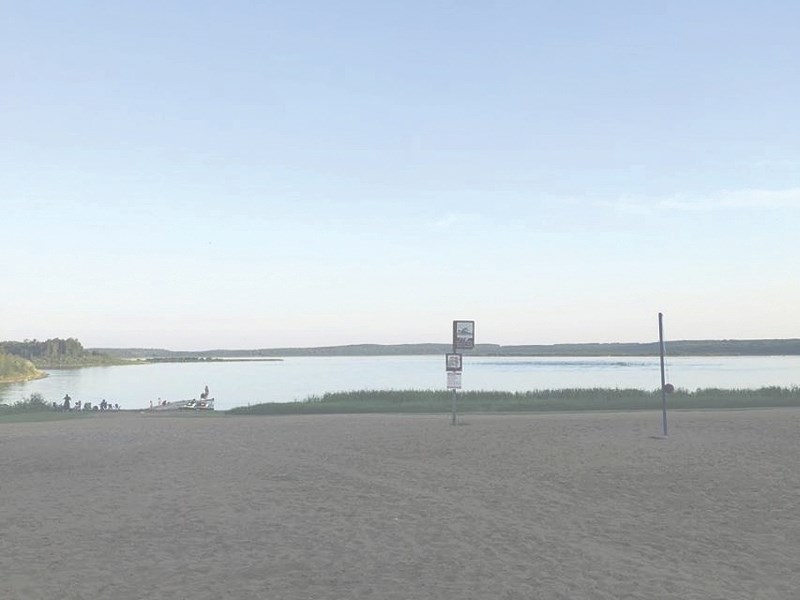Itchy red bumps are a somewhat common occurrence for people enjoying Alberta’s lakes in the summer, but many of those same Albertans are unfamiliar with the cause behind what is commonly known as swimmer’s itch.
Patrick Hanington is an assistant professor with the School of Public Health at the University of Alberta. For three years, he has been involved with research relating to swimmer’s itch, the parasites that cause it, and the lakes that experience it.
“There’s a lot of confusion about what it is,” says Hanington. “Most of the time if you go out to a beach, lots of people don’t know what swimmer’s itch is.”
When researchers ask the public what they know about swimmer’s itch, many people think it has to do with ducks. Although ducks and muskrats are part of the cycle of the parasite that causes swimmer’s itch, it’s actually snails that the researchers are more interested in.
There are two parts to the research that is taking place. The first centres around a website (http://swimmersitch.ca/) that has been created to let people know where swimmer’s itch is being noticed, and a map that shows lakes across the province that have reported the itch.
Locally, there are a number of lakes with reports of swimmer’s itch this season. Garner Lake, Floating Stone, Lac Sante, Lac Bellevue, Lac St. Cyr, Whitney Lake, Laurier Lake, and north to Wolf Lake, have all seen reports of the itch this summer. The most recent local report on the website was at Lac St. Cyr on July 20.
Predicting swimmer’s itch is not an easy task.
“One day you can have everyone saying they got swimmer’s itch from a beach, and the next day no one,” says Hanington. Things like temperature and wind can affect the likeliness of getting swimmer’s itch in a lake, and getting accurate information on the parasite can be hard.
But, in the past three years, progress has been made. The website is growing and more accurate information is being collected. This year, the early part of the summer was much warmer than the past two years, which resulted in more people going to the beach, and earlier reports of swimmer’s itch coming in, says Hanington. Reports are already tapering off, whereas last year there were more reports in the later part of the summer.
The other side of the research is a more biological angle. Researchers collect 300-500 snails when they visit lakes, in order to look at the parasites that cause swimmer’s itch.
“The life cycle is what we’re most interested in,” says Hanington. The parasitic worm is transferred to the snails in the water through the waste of ducks and muskrats. The adult worms reside in the blood vessels of the larger hosts, but the eggs are passed in the waste of the animals, which then infects the fresh water snails. Then, the free-swimming stage begins. Although microscopic, the parasite at this stage looks similar to a tadpole, says Hanington.
In the water, the parasite looks to infect ducks and muskrats, but sometimes accidentally comes into contact with humans.
“It’s kind of a complicated life cycle to get to swimmer’s itch,” says Hanington.
When humans come in contact with the parasite, “It’s not really different than getting a mosquito bite in a real basic sense,” he says, adding, symptoms are red itchy spots that can generally be eased with over the counter products.
Preventative measures that can help people avoid swimmer’s itch include using a towel to dry off immediately after swimming, and using waterproof sunscreen before going in the water may also help. Swimmer’s itch is not contagious.



